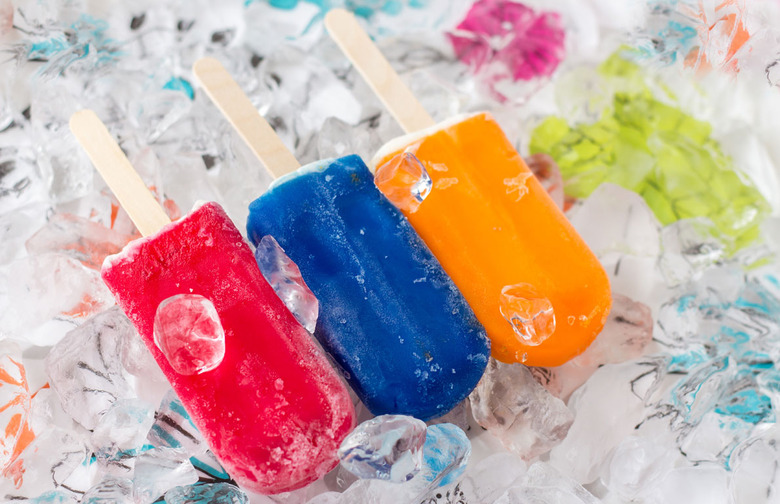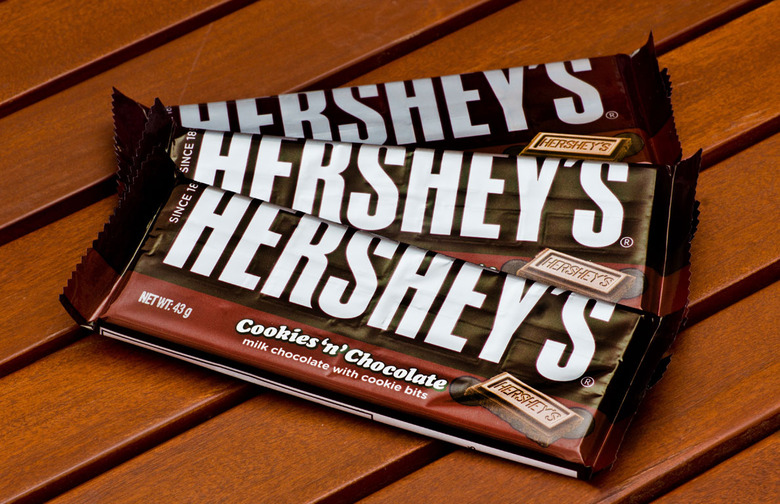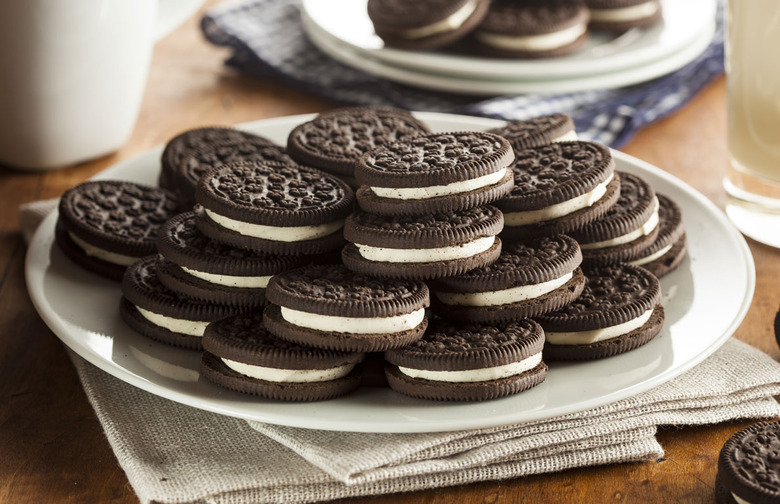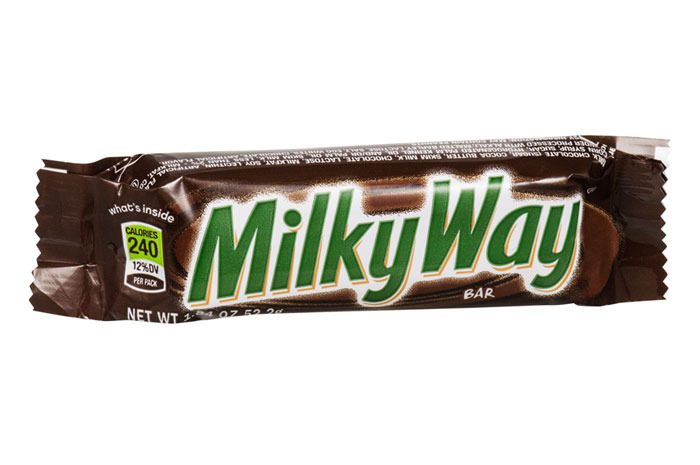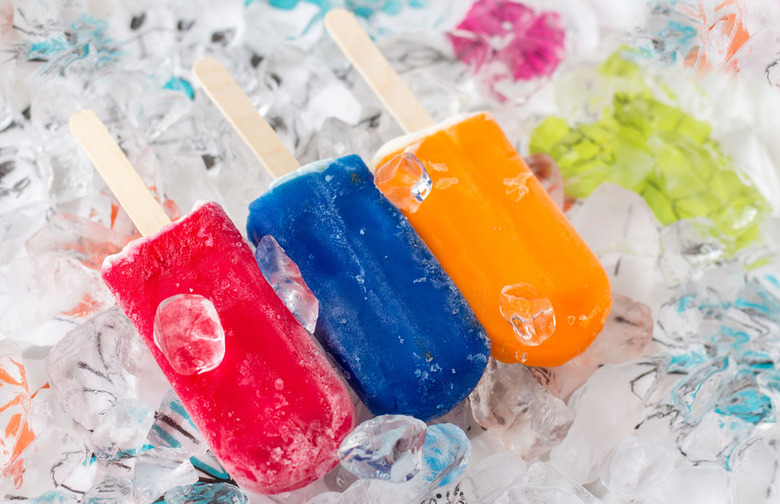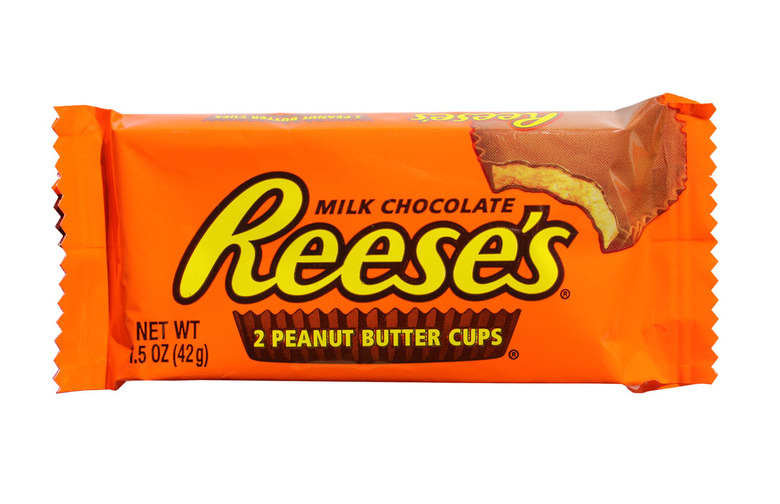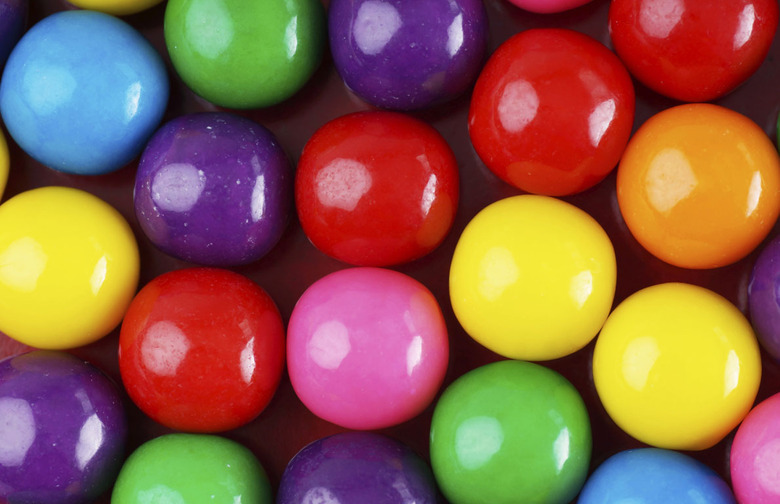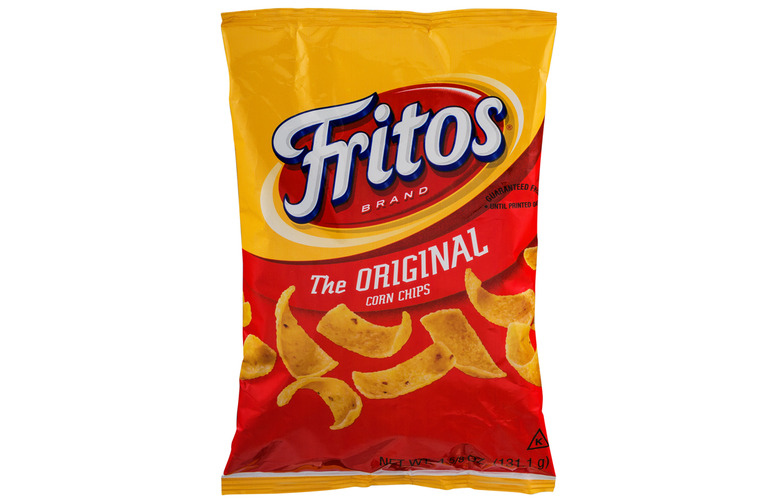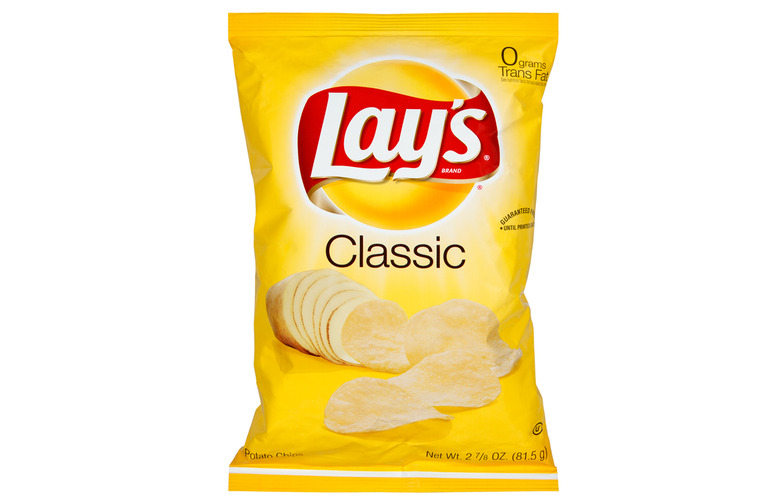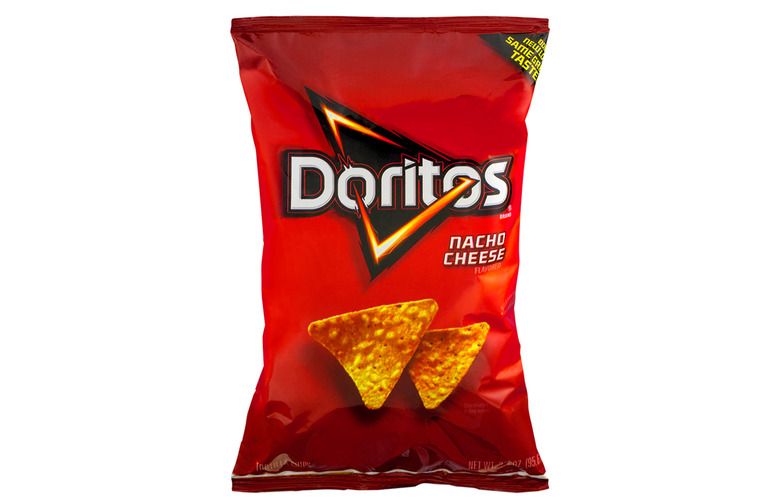Where Did Junk Food Come From? Slideshow
Where Did Junk Food Come From?
Cracker Jack: 1893
It all began in 1893, when two vendors – brothers Frederick and Louis Rueckheim – at the World's Fair in Chicago made a concoction of popcorn, peanuts, and molasses that was wildly popular. A few years later, in 1896, their sweet invention went on to become sold commercially as Cracker Jack. Twenty years after it was created, Cracker Jack became the best–selling sweet in the world.
Hershey Chocolate Bar: 1900
We could recognize the wrapper the world over. After a couple of years of experimenting in chocolate making, Milton S. Hershey created and introduced what he decided to call a chocolate bar around the 1900s. From that point forward, Hershey Chocolate became the country's largest chocolate manufacturing company.
Toostie Rolls: 1905
Toostie rolls shook up the game up junk food in the early 20th century. Drawn from an Austrian recipe and first manufactured in 1905 by Leo Hershfield, Tootsie Rolls were the first individually wrapped candy that sold for a just a penny.
Oreos: 1912
Probably one of the most iconic cookies in America, Oreos were created by Nabisco (then called the National Biscuit Company) in 1912 in a factory in the Chelsea neighborhood of New York City. Nabisco created the Oreo in response to the Hydrox Biscuit, which had appeared in 1908. The Oreo was the clear-cut favorite, and it fast became the best-selling cookie in America.
Hostess Cupcakes: 1919
America was introduced to Hostess cupcakes in 1919 by Taggart Bakery, which was later renamed Hostess – though these cupcakes didn't have the vanilla cream filing at first or the squiggly vanilla icing at the top. It wasn't until 30 years later, in 1950, that Hostess employee D.R. "Doc" Rice added the squiggles and cream filling. Thanks, Doc.
Mounds Bar: 1920
Mounds Bar, a dark chocolate candy bar with a coconut filling, was introduced in 1920 under the Peter Paul Candy Manufacturing Company in New Haven, Connecticut. Years later, in 1946, the same company created the Almond Joy bar.
Milky Way: 1923
Probably one of the most loved candy bars in America, the Milky Way, created by Frank Mars and manufactured by Mars, Inc., first appeared in 1923, a year after the company was created. The Milky Way is the country's first chocolate candy bar with a filling inside. Soon after, Mars. Inc. also introduced the Snickers bar in 1930 as well as Three Musketeers in 1932.
Popsicles: 1923
When Frank Epperson was just 11-years-old, he made himself a powered-soda drink. He left it sitting out on his porch, stirring stick in the cup, on a cold San Francisco night and woke up the next day to find his drink had frozen solid. Years later, in 1923, remembering this moment, Epperson recreated it with something he dubbed the "Epsicle." His children renamed in the Popsicle.
Reese’s Cups: 1928
Harry Burnett Reese, a former employee of the Hershey's company, created Reese's Cups, originally called peanut butter cups or penny cups (they were sold at just a penny), in 1928. The candy was so popular, he began to sell them in five-pound boxes to stores selling candy assortments. Grateful for the creation? Outside of making sure to get a daily Reese's fix, you can celebrate with other Reese's lover on May 18, the official "I Love Reese's" day.
Bubble Gum: 1928
Though the history of bubble gum dates back to ancient times, it was in 1928 when Walter E. Diemer, an account for Fleer Chewing Gum Company, nailed down the perfect bubble gum recipe, making gum less sticky, more stretchy, and easier to chew. Diemer used pink dye for the bubble gum, and the gum was sold as Double Bubble gum given its stretchiness. It was the only bubble gum on the market until Bazooka gum (yes, that gum with the comic wrappers) was introduced after WWII.
Twinkies: 1930
During the Great Depression, a man by the name of James Dewar, manager of a Chicago-based baking plant, started using shortcake pans – which otherwise sat unused most of the year – to bake little cakes that he filled with a banana cream filling. He first sold the product, which he named Twinkies, at two for a nickel. During World War II, due to the limited amount of bananas available, Twinkies started to come with a vanilla filling instead. Dewar claimed to eat three Twinkies per day.
Fritos: 1932
That's right, Fritos corn chips hit the market before potato chips. Charles Elmer Doolin owned a candy shop in San Antonio. Doolin bought the patent for Fritos after seeing a Mexican man selling fritos, or little fried things made from an extruded corn chip out of masa, on a roadside in San Antonio. Doolin and his mother together worked on polishing the recipe in his kitchen. Fritos were met with success, and soon Doolin opened an entire factory in San Antonio.
Lay’s Potato Chips: 1938
Though Herman W. Lay formed his company, Lay's, in 1932, it wasn't until a few years that in 1938 that Lay's Potato Chips were introduced to the market; Lay's potato chips became a beloved country snack. In 1961, Doolin and Lay put their creative brains together to form the Frito-Lay company.
Doritos: 1966
Magic really does happen at Disney. Believe it or not, Doritos were invented at a restaurant in California's Disneyland. Doolin, creator of the Frito, opened Mexican restaurant Casa de Fritos. Excess tortillas used in the restaurant were cut up, fried, and served as a snack at the restaurant, where they became really popular.
